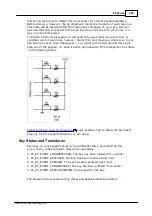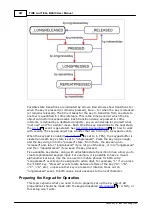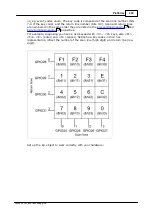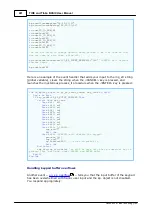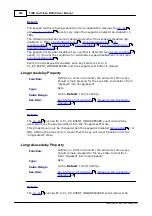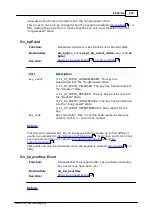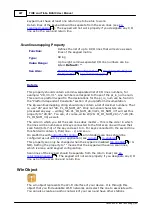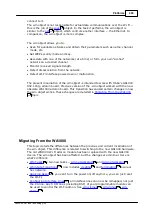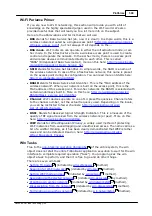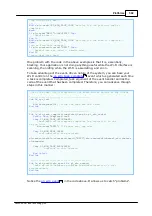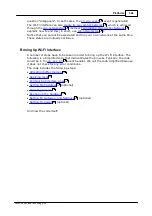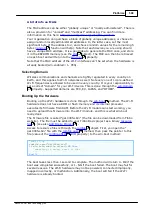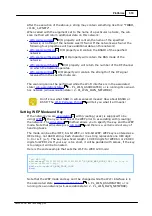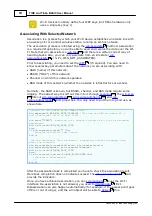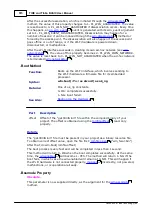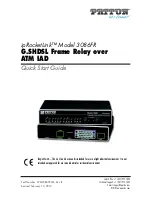
500
Platforms
©2000-2008 Tibbo Technology Inc.
Wi-Fi Parlance Primer
If you are new to Wi-Fi networking, this section will provide you with a bit of
knowledge on the highly specialized jargon used in the Wi-Fi world. We also
provided useful links that will lead you to a lot more info on the subject.
Here are the abbreviations and terms that we will use:
BSS stands for Basic Service Set (ah, now it is clear!). In simple words, this is a
wireless network created by a single access point (
), but not always. It all depends on the...
BSS mode. Wi-Fi network can operate in either the infrastructure mode, or ad-
hoc mode. In the infrastructure mode, a wireless access point is used to create,
control and regulate the network. In the ad-hoc mode, there is no access point
and wireless devices communicate directly to each other. This is called
"IBSS" (Independent Basic Service Set), more on this here:
org/wiki/Independent_Basic_Service_Set
SSID stands for Service Set Identifier. In simple words, the SSID is a name of
the wireless network. In case of the infrastructure network, this name is preset
on the access point during its configuration. You can read more on SSIDs here:
http://en.wikipedia.org/wiki/SSID
BSSID stands for Basic Service Set Identifier. This is the "MAC address of the
wireless network". When your network is built on the access point, this is the
MAC address of this access point. For ad-hoc networks the BSSID is selected with
certain randomness built in. More on this here:
BSSID#Basic_service_set_identifier
Channel. Wi-Fi devices operate on one of 14 preset frequencies. Channel refers
to the channel number, not the actual frequency used. Depending on the locale,
you can be restricted to fewer channels:
RSSI. Stands for Received Signal Strength Indication. This is a measure of the
quality of RF signal received from the wireless network (or peer). More on this
here:
http://en.wikipedia.org/wiki/Rssi.
WEP stands for Wired Equivalent Privacy, a widely used method of protecting
Wi-Fi networks from eavesdropping and unauthorized access. The name carries a
bit of a wishful thinking, as it has been clearly demonstrated that WEP is rather
weak and can be defeated. Read on here:
Wln Tasks
True to the
non-blocking operation philosophy
of the entire system, the wln
object does not stall the entire Tibbo Basic application execution to wait for the wln
interface to complete required operation ("task"). You program gives the wln
object a task to perform, and then it is free to go and do other things.
There are seven wln tasks:
method).
method).
(initiated by
method).
Associating with selected network
(initiated
by method).
(initiated by
method).
Disassociating from the network
method).
Terminating own ad-hoc network
(initiated by
method).
4
509
527
509
524
510
527
511
513
512
521
512
518
512
522

